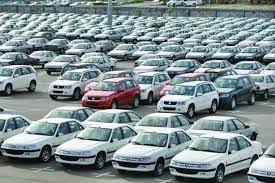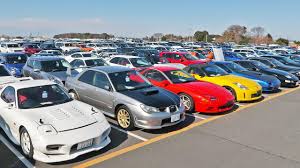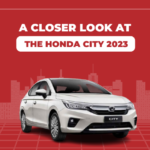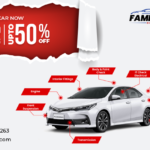In Pakistan, the decision between buying an imported or a locally assembled car has always been a hot topic. With the automobile market evolving rapidly in 2025, the debate has become even more relevant. Whether you are a first-time buyer or looking to upgrade your current vehicle, this guide will help you make an informed decision by breaking down the pros and cons of both options.
The Current Market Landscape
In recent years, Pakistan’s auto sector has witnessed a significant transformation. New entrants under the Automotive Development Policy (ADP) have introduced competition, while rising dollar rates and import restrictions have affected the availability of imported cars. Local automakers have expanded their offerings, but quality concerns remain. With fluctuating policies, it’s crucial to analyze both options before making a decision.
Why Consider Imported Cars?
1. Better Build Quality
Imported cars, especially Japanese used cars, are known for superior build quality and safety features. Many models offer advanced technology that is still missing in locally assembled cars.
2. Variety of Options
The imported car market provides a wider range of vehicles, including hybrid and electric models. This diversity allows buyers to choose according to their preferences, whether it’s a compact hatchback or a luxury SUV.
3. Resale Value
Certain imported models like Toyota Prius or Aqua hold strong resale value due to fuel efficiency and reliability.
Drawbacks of Imported Cars
- Higher Costs: Import duties and taxes make these cars significantly more expensive.
- Parts Availability: Spare parts can be costly and sometimes hard to find.
- Longer Delivery Times: Importing a car can take several weeks or even months.

Why Go for Local Cars?
1. Affordability
Locally assembled cars are more affordable due to lower taxes and duties. Easy car financing options further make them accessible to a wider segment of buyers.
2. After-Sales Support
Local manufacturers like Suzuki, Toyota Indus, Honda, and new entrants like Changan and KIA offer established dealership networks, making maintenance easier and cheaper.
3. Faster Delivery
Most local cars are readily available with shorter delivery times, avoiding the long waiting periods common with imported vehicles.
Drawbacks of Local Cars
- Compromise on Features: Compared to their international counterparts, local versions often come with fewer features and safety options.
- Build Quality Concerns: Many users still criticize the build quality of certain locally assembled models.

Who Should Buy What in 2025?
Choose Imported Cars If:
- You value quality, advanced features, and are willing to pay a premium.
- You are looking for hybrid or electric options to save on fuel costs.
- You plan to keep the car long-term without worrying about spare parts costs.
Choose Local Cars If
- You are price-sensitive and prefer a hassle-free purchase.
- You want easy access to after-sales services.
- You need quick delivery and lower maintenance costs.
Final Thoughts
In 2025, the choice between imported and local cars depends on your personal preferences, budget, and usage. Imported cars offer premium features and build quality but come at a higher cost. Local cars are more affordable and convenient, but sometimes lack premium features. Evaluate your priorities before making a decision—whether you choose imported or local, the key is to buy a car that serves your needs effectively.









